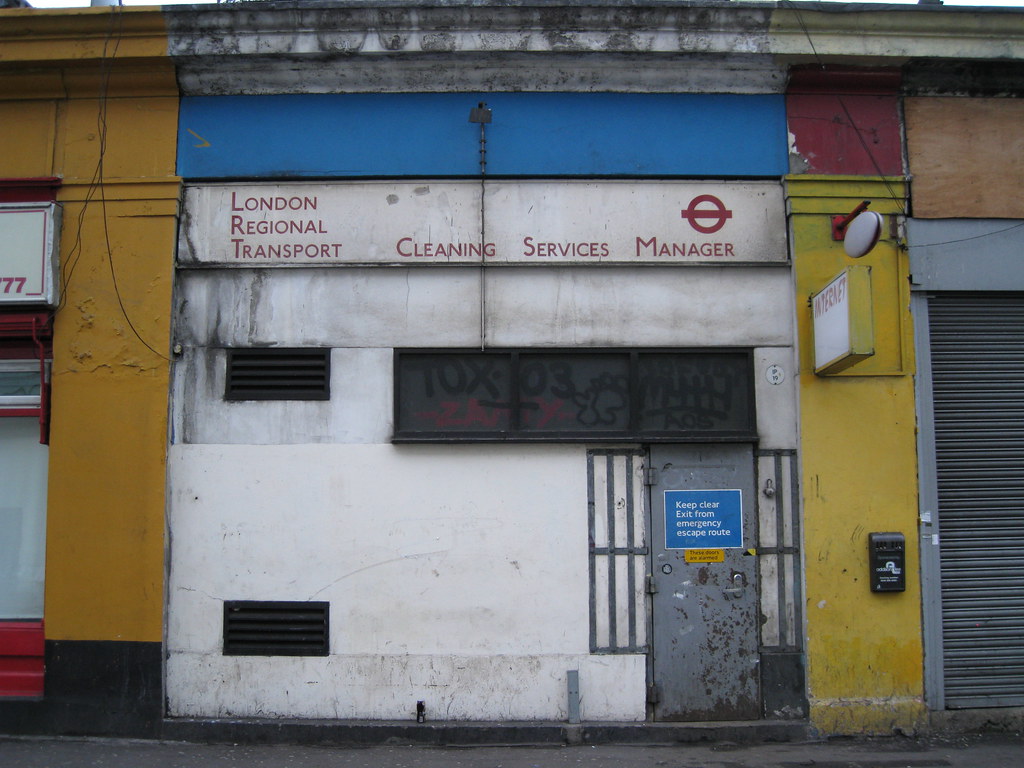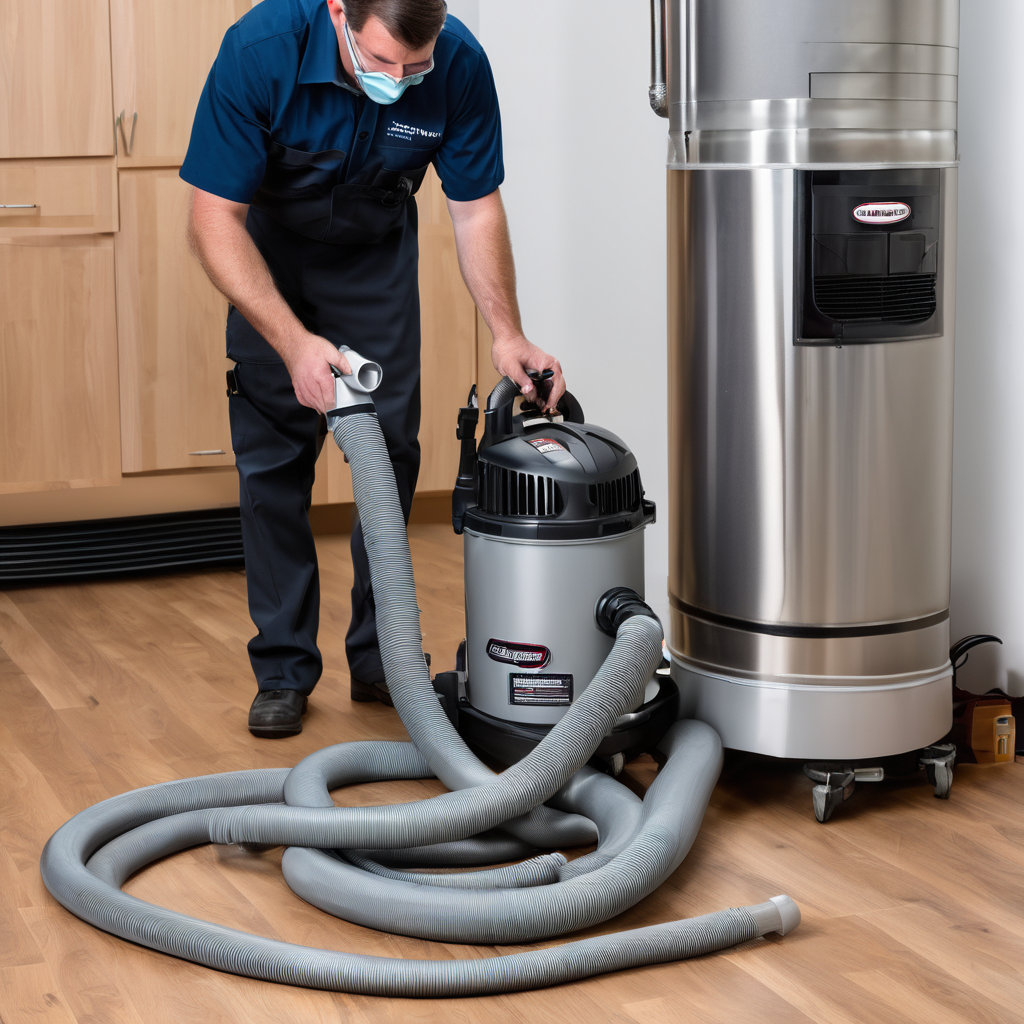
Solutions for Modern Home Comfort
Professional insights into quality vacuum solutions and home air quality systems
Understanding Central Vacuum Solutions
Through my years covering the home improvement and construction industry, I’ve observed a significant shift in how homeowners approach indoor air quality and cleaning efficiency. Central vacuum systems represent one of the most effective yet underappreciated home upgrades available today. Unlike traditional portable vacuums that recirculate dust and allergens back into living spaces, properly installed central systems exhaust filtered air outside the home, creating genuinely cleaner indoor environments.
Quality central vacuum systems meet rigorous performance standards established by ASTM International, ensuring reliable air flow, filtration efficiency, and long-term durability. These technical benchmarks matter because they separate premium installations from substandard work that homeowners might regret years later.
Professional Installation Standards

The installation process reveals the expertise of vacuum system professionals. Proper sizing calculations determine appropriate power unit capacity based on home square footage and layout complexity. Pipe routing through walls and floors requires construction knowledge to avoid structural compromises while maximizing suction efficiency at each inlet location.
Experienced installers understand that central vacuum systems contribute to healthier home environments by following guidelines from the EPA’s Indoor Air Quality program, which emphasizes proper ventilation and air filtration. This health-focused approach transforms central vacuums from convenience upgrades into genuine wellness investments.
System Components and Quality Standards
Central vacuum systems comprise four essential components: the power unit, PVC piping network, wall inlet valves, and specialized hose attachments. Each element requires specific quality standards. Power units vary from entry-level models producing 450 air watts to commercial-grade systems exceeding 700 air watts with advanced filtration technologies.
The piping infrastructure typically uses 2-inch diameter Schedule 40 PVC, chosen for smooth interior surfaces that minimize airflow resistance. Professional installations include strategically placed inlet valves—typically one per 600-700 square feet—allowing 30-foot hose reach to access all floor areas without repositioning. Premium inlet designs incorporate automatic dustpan doors for sweeping debris directly into the system, a feature particularly valued in kitchens and workshops.

Maintenance and Long-Term Performance
One significant advantage of central vacuum systems over traditional vacuums is their minimal maintenance requirements. Power units typically need only annual filter cleaning and debris canister emptying every 3-6 months, depending on usage intensity. This contrasts sharply with portable vacuums requiring frequent bag replacements, filter changes, and motor repairs.
Professional-grade systems feature motors designed for 20-year lifespans, dramatically exceeding the 3-5 year typical life of portable vacuums. This longevity translates to genuine cost savings despite higher initial installation expenses. Homeowners should expect $2,500-$4,500 for complete system installation in typical single-family homes, with premium features adding $1,000-$2,000 to project costs.
Common Installation Challenges
Through analyzing numerous installation projects, several recurring challenges emerge. Retrofit installations in finished homes present greater complexity than new construction integrations. Running piping through completed walls requires strategic planning to minimize drywall repairs while maintaining optimal airflow paths. Experienced installers utilize existing utility chases, closet spaces, and basement ceiling cavities to conceal infrastructure with minimal disruption.
Power unit placement significantly impacts system noise levels and convenience. Ideal locations include garages, basements, or utility rooms separated from living areas. Improper placement creates unnecessary noise disturbances during operation. Additionally, power units exhaust air externally, requiring proper venting through exterior walls or roofs—another installation consideration requiring professional expertise.
Making Informed Decisions
Central vacuum systems represent substantial investments in home comfort, air quality, and convenience. Success depends on partnering with knowledgeable professionals who understand system sizing, proper installation techniques, and long-term performance optimization. Homeowners should request detailed proposals outlining power unit specifications, inlet placement plans, and warranty coverage before committing to installations.
The difference between exceptional and mediocre central vacuum installations often comes down to installer experience and attention to technical details. Through my industry research and professional network, I’ve developed an appreciation for contractors who prioritize quality components, proper sizing calculations, and meticulous installation practices that deliver decades of reliable performance.